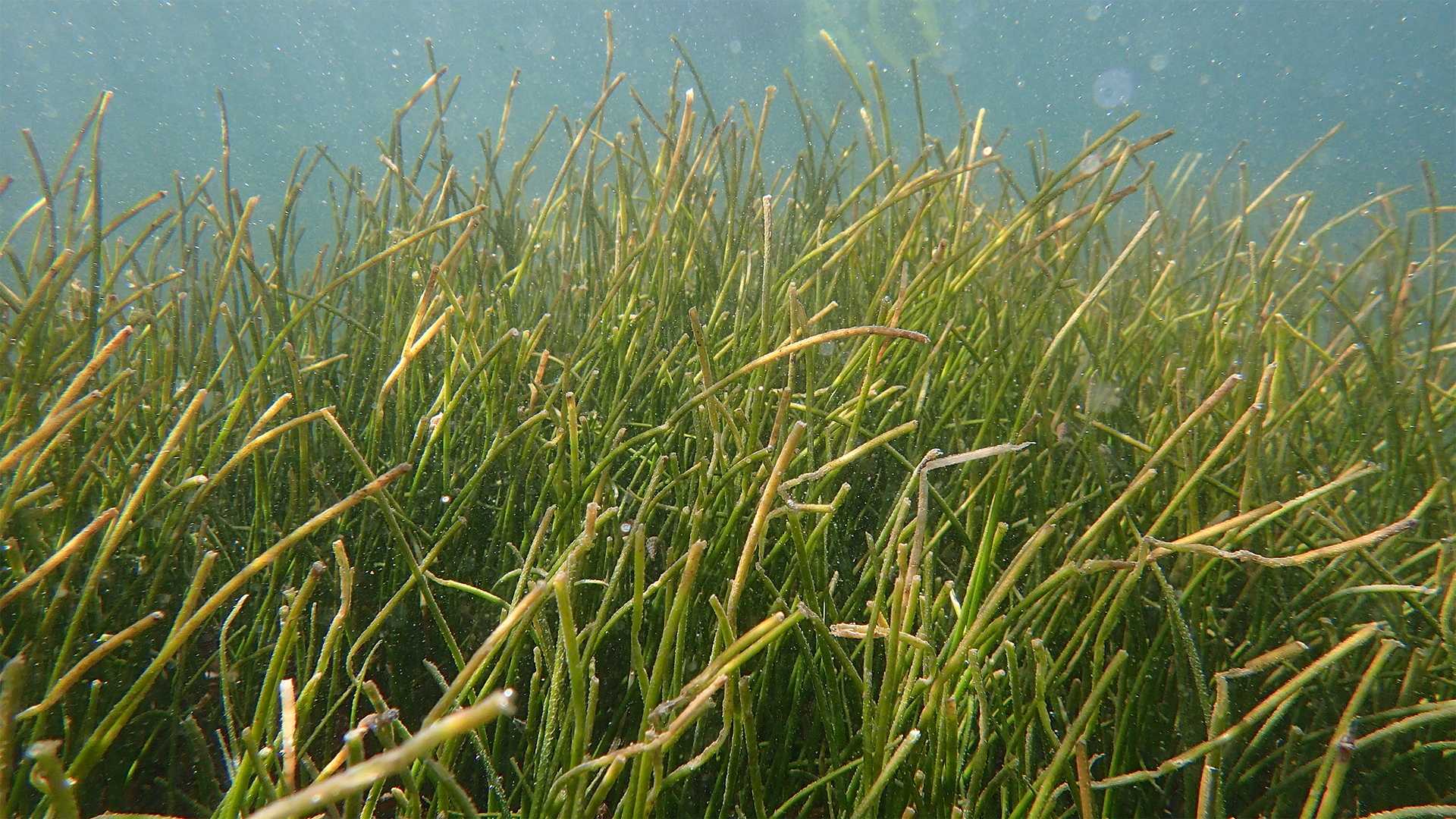 Seagrasses are just like land plants but have completely adapted to marine life. They have roots, leaves and even flowers for reproduction, hence known as marine angiosperms. They need sand to develop, and light for photosynthesis. As such, they are mostly found in depths not exceeding 20 m. A seagrass bed holds the sand together and hence is important to control sand movement in the lagoon. It helps to prevent beach erosion by trapping mobile sediments.
Seagrasses are just like land plants but have completely adapted to marine life. They have roots, leaves and even flowers for reproduction, hence known as marine angiosperms. They need sand to develop, and light for photosynthesis. As such, they are mostly found in depths not exceeding 20 m. A seagrass bed holds the sand together and hence is important to control sand movement in the lagoon. It helps to prevent beach erosion by trapping mobile sediments.
Seagrasses are marine angiosperms that belong to the domain Eukarya and Kingdom Plantae. There are five distinct families of seagrasses and around 60 species. There are five species of seagrasses that can be commonly observed along the coast of Mauritius:
There is Family Cymodoceaceae:
- Halodule sp.
- Thalassondendron ciliatium
- Syringodium isoetifolium
And Family Hydrocharitaceae:
- Halophila ovalis
- Halophila stipulacea
